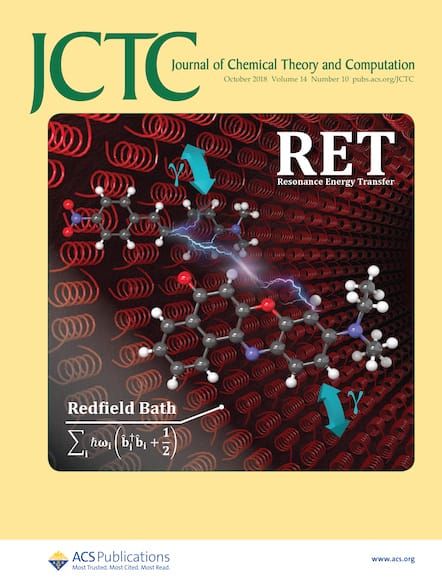噪声调制自推进在有源系统时空顺序驱动中的作用。
IF 5.7
1区 化学
Q2 CHEMISTRY, PHYSICAL
引用次数: 0
摘要
在主动物质系统中,波动对时空秩序的驱动起着关键作用。在这项研究中,我们采用了一种新的分析框架来研究二分类噪声对活性粒子系统(如聚合肌动蛋白丝或繁殖伸长的细菌)自推进速度的影响。通过将具有Ornstein-Zernike相关性的二分类波动纳入到基于连续体的模型中,我们推导出噪声参数空间中的分岔条件,揭示了驱动行波出现的噪声诱导不稳定性。这种方法展示了特定的噪声强度和相关时间如何通过引入有效的新自由度来改变系统的稳定性矩阵,从而扩大不稳定区域。先进的数值模拟,精心设计,以处理二分类噪声的特性,验证这些理论预测,并揭示极好的一致性。一个关键的发现是观察到由噪声调制的平流项的符号交替驱动并由松弛时间调制的波反转行为。值得注意的是,我们确定了一个有限的参数范围,其中这种反转被抑制,为噪声诱导的分岔和时空动力学提供了新的见解。我们的结合分析和数值方法提供了噪声在生物和合成活性系统中塑造自组织和模式形成中的作用的更深层次的理解。本文章由计算机程序翻译,如有差异,请以英文原文为准。
Role of Noise-Modulated Self-Propulsion in Driving Spatiotemporal Orders in Active Systems.
Fluctuations play a pivotal role in driving spatiotemporal order in active matter systems. In this study, we employ a novel analytical framework to investigate the impact of dichotomous noise on the self-propelling velocity of active particle systems such as polymerizing actin filaments or reproducing elongated bacteria. By incorporating dichotomous fluctuations with Ornstein-Zernike correlations into a continuum-based model, we derive a bifurcation condition in the noise parameter space, revealing a noise-induced instability that drives the emergence of traveling waves. This approach demonstrates how specific noise strengths and correlation times expand the instability region by introducing effective new degrees of freedom that alter the system's stability matrix. Advance numerical simulations, meticulously designed to handle the properties of dichotomous noise, validate these theoretical predictions and reveal excellent agreement. A key finding is the observation of wave-reversal behavior, driven by the sign alternation of the noise-modulated advection term and modulated by the relaxation time. Remarkably, we identify a finite parameter range where this reversal is suppressed, offering new insights into noise-induced bifurcations and spatiotemporal dynamics. Our combined analytical and numerical approach provides a deeper understanding of the role of noise in shaping self-organization and pattern formation in biological and synthetic active systems.
求助全文
通过发布文献求助,成功后即可免费获取论文全文。
去求助
来源期刊

Journal of Chemical Theory and Computation
化学-物理:原子、分子和化学物理
CiteScore
9.90
自引率
16.40%
发文量
568
审稿时长
1 months
期刊介绍:
The Journal of Chemical Theory and Computation invites new and original contributions with the understanding that, if accepted, they will not be published elsewhere. Papers reporting new theories, methodology, and/or important applications in quantum electronic structure, molecular dynamics, and statistical mechanics are appropriate for submission to this Journal. Specific topics include advances in or applications of ab initio quantum mechanics, density functional theory, design and properties of new materials, surface science, Monte Carlo simulations, solvation models, QM/MM calculations, biomolecular structure prediction, and molecular dynamics in the broadest sense including gas-phase dynamics, ab initio dynamics, biomolecular dynamics, and protein folding. The Journal does not consider papers that are straightforward applications of known methods including DFT and molecular dynamics. The Journal favors submissions that include advances in theory or methodology with applications to compelling problems.
 求助内容:
求助内容: 应助结果提醒方式:
应助结果提醒方式:


